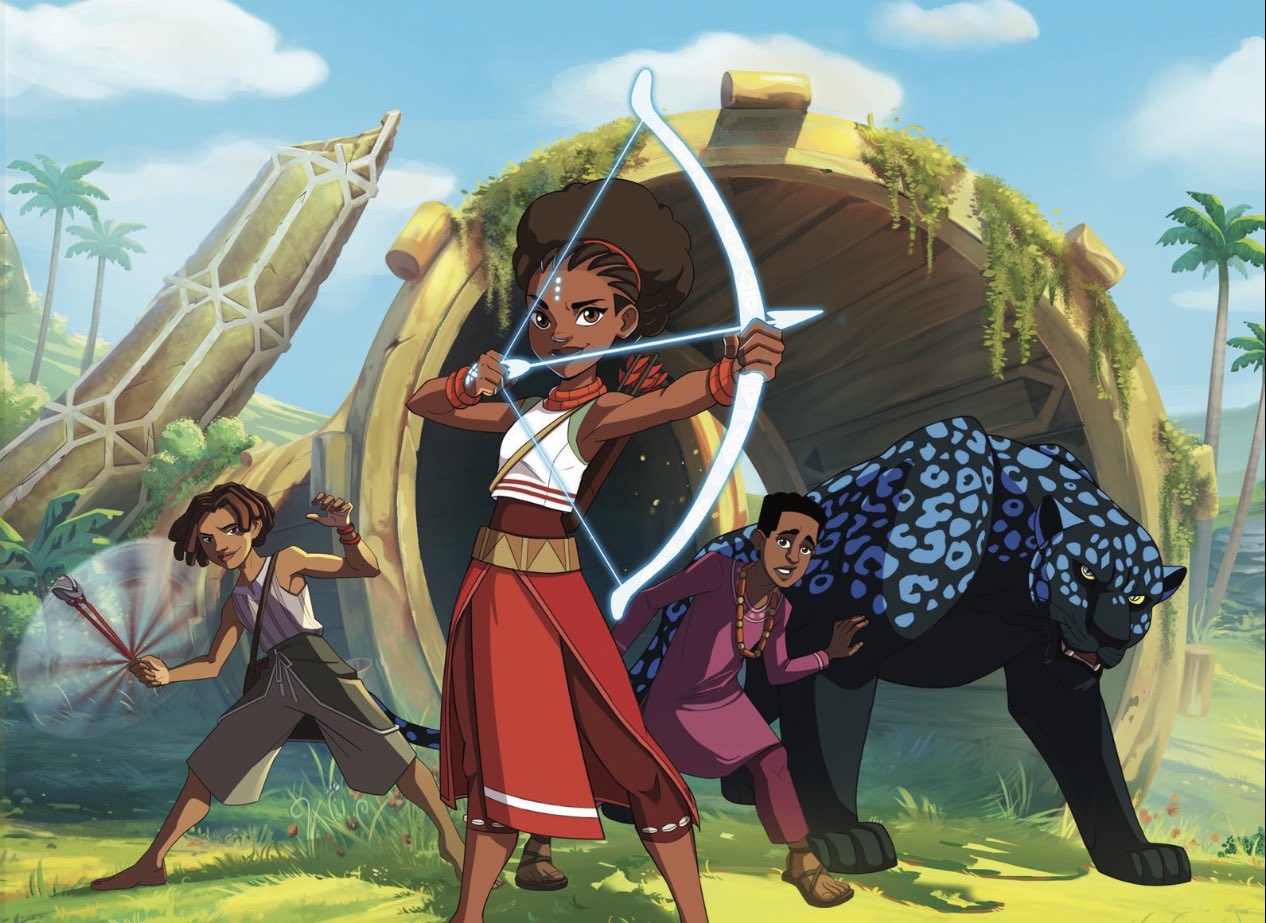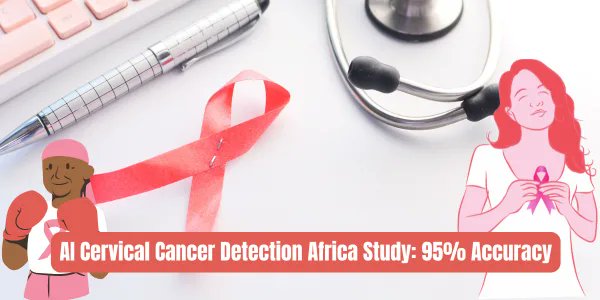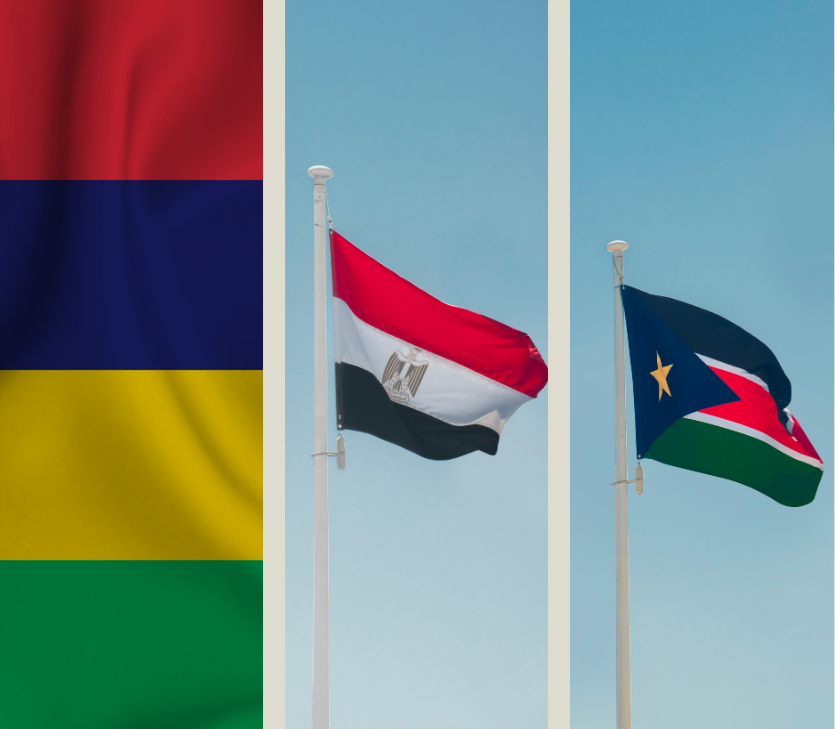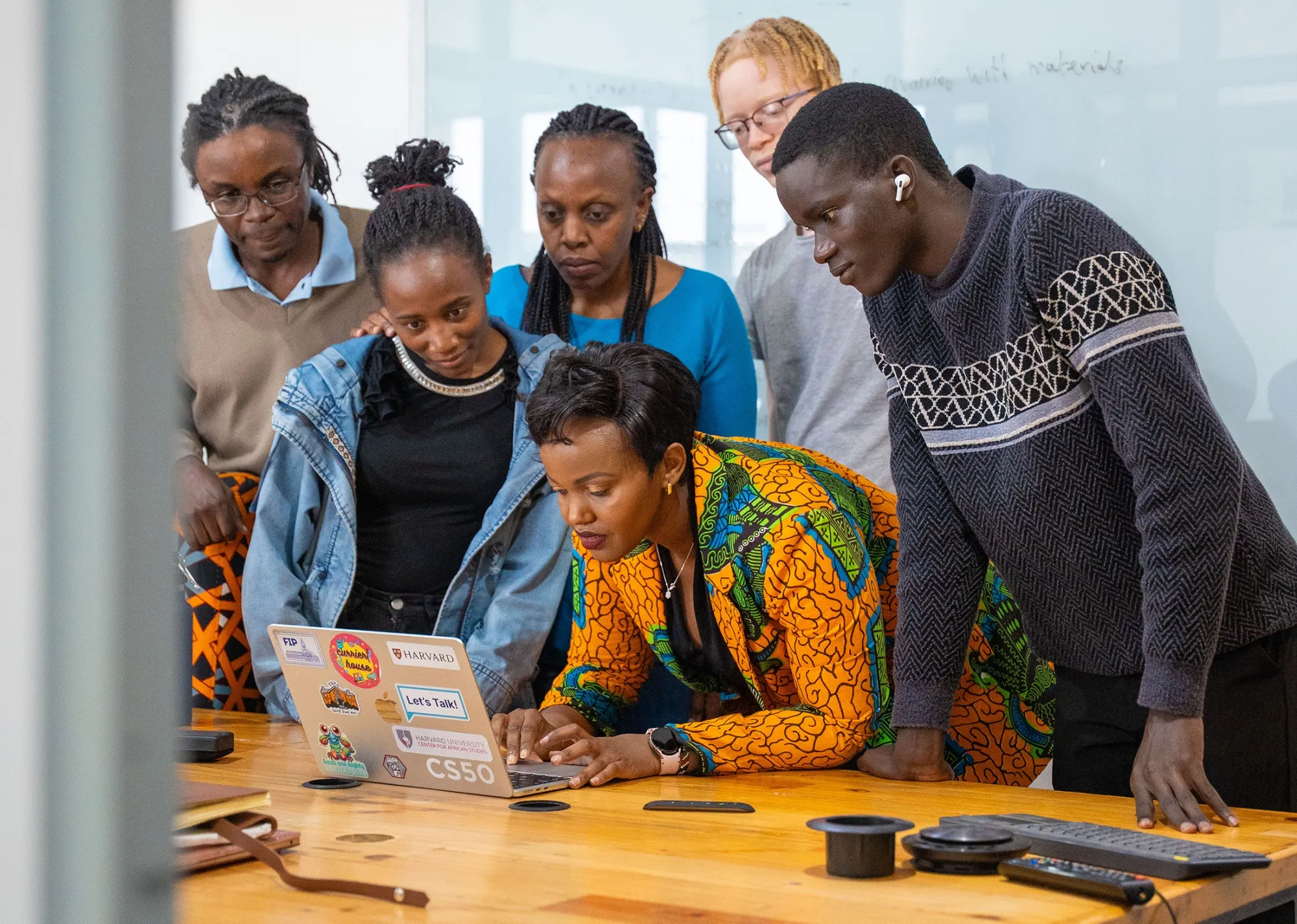Artificial Intelligence is emerging as a transformative force in African animation and creative industries, offering unprecedented opportunities for democratizing content creation while raising significant questions about cultural representation, intellectual property, and employment. African animators are uniquely positioned to leverage AI technology to overcome traditional barriers to animation production and tell authentic African stories on a global scale.
The African animation sector was valued at $13.3 billion in one 2023 report, yet the industry faces persistent challenges. Of the 1.4 billion people that live on the continent, there’s such a tiny amount that are actually active in the animation industry, according to Stuart Forrest, CEO of Triggerfish Animation Studio.
Historically, African animated projects have struggled with funding limitations. There’s a general rule that African stories don’t generate income. But the African stories that are made are such low budget that, yes, they don’t generate income. So it’s a self-fulfilling thing, Forrest explained.
AI technology promises dramatic cost reductions in animation production. Soon, he projects, a feature film that might have cost $10-20 million to make, may cost $50,000 with AI, and require just two or three creatives. This transformation could fundamentally alter the economics of African animation.
Nigerian filmmaker Ebele Okoye, known as the “Mother of African animation,” emphasized the creative potential: “We now have the opportunity to tell our stories without having to wait for somebody to give us $20 million”.
The impact extends beyond individual projects. “You’re going to see this flood of new stories that have never been heard before, from countries that no one would ever invest (in)”, Forrest predicted, suggesting that “Eventually the playing field between Hollywood and Kinshasa (in the Democratic Republic of Congo) will be levelled in terms of the quality of storytelling”.
Localized AI Workflows
African animators should avoid web browser-based generative AIs and instead use AI in a localized workflow, according to Okoye. She advocates for using software like ComfyUI, where creators can train an AI model based on your character, so that the moment you connect this model to your local workflow, you say exactly what you want your character to do and it’s doing it.
This approach ensures “You just get back what you gave it – and it’s your IP (intellectual property)”, addressing critical concerns about copyright ownership.
While Triggerfish Animation Studio hasn’t used AI-generated art, employees have used GitHub Copilot, an AI-powered coding assistant, to help them generate code for the past couple of years, noticeably speeding up their output.
The impact on employment presents a complex picture. While some view AI as empowering, “You’re going to empower people working for you. You’re not going to replace them; you’re going to make their jobs easier”, others express concern about entry-level positions.
Masilakhe Njomane from the South African Cultural Observatory warned that “If those jobs then become obsolete, at some point this makes the industry a bit elitist … you don’t have the same entry window that you do now”. In economies like South Africa, this is particularly concerning given existing challenges with “job security as a whole, especially in the creative and cultural industry”.
Balanced Perspective
“AI initially might eliminate some roles, but it will enable other roles”, Forrest acknowledged, while noting that AI creates opportunities for independent studios to play a bigger role in content creation.
The integration of AI in creative industries faces significant legal challenges. AI companies have been hit with dozens of lawsuits, largely based on copyright infringement. Recent developments include Midjourney was sued by Disney and Universal, who alleged the generative AI company trained its model on their intellectual property, and generated images in violation of copyright law.
Regulatory Landscape
International responses vary:
- The European Union proposed new rules that would force companies to make publicly available summaries of the content used to train their algorithms
- The US Copyright Office concluded that the output of generative AI could be copyright protected, but only when a human had contributed “sufficient expressive elements”
- The African Union is a few paces behind forming concrete policy, but the issue featured prominently its 2024 AI strategy report
Addressing AI Bias
Racial bias in AIs is well documented, extending from facial recognition technology to generative AI systems. Some AIs have generated either generic or inaccurate imagery when prompted to create African characters, according to Okoye.
Root Causes
The bias stems from data limitations. “There is so little existing African content – especially in animation – that there is a lot less for (an AI) to understand”, Forrest explained. Additionally, AIs performing better in English and other Western languages, adding many often generate generic imagery of Africa.
Solutions and Future Vision
Okoye envisions development funds or angel investors back studios to create diverse African characters and culturally specific assets to train an AI model. This would generate a library of accurate, free-to-access imagery, which can serve as a foundation for animators to build on in a way that allows them to assert their copyright.
The African animation industry is experiencing significant growth, with many African animators see it as a tool to unlock opportunity and level the global playing field. This momentum builds on recent successes like “Iwájú” and “Iyanu” – Nigerian projects streaming on Disney+ and HBO Max respectively, demonstrating growing international appetite for African storytelling.
Strategic Positioning
Africa’s unique position in the global animation landscape presents both challenges and opportunities. The continent’s limited animation workforce paradoxically becomes an advantage, as AI can enable more creators to participate in the industry without traditional barriers.
Ethical AI Development
Industry leaders advocate for developing an ethical “AI-assisted pipeline” while recognizing that art is always assimilating and the controversy will wear off as the technology matures.
Long-term Vision
Despite current challenges, industry veterans remain optimistic. Okoye, reflecting on technological evolution from her background as a typesetter, concluded: “Coming from (being) a typesetter to somebody who’s training AI models – how beautiful. What a great time to be alive”.
AI’s impact on African animation represents a paradigm shift toward democratized content creation, offering unprecedented opportunities for authentic African storytelling while raising critical questions about employment, cultural representation, and intellectual property rights. Success will depend on developing localized, ethical approaches that preserve cultural authenticity while leveraging AI’s efficiency gains.
The industry stands at a crossroads where strategic adoption of AI technology could position African animation as a global creative force, provided stakeholders address current challenges around bias, copyright, and equitable workforce development.




